Meenavar
This is our ancestors' true storey, From Tamil to Rajasthan. Our ancestors have migrated throughout the known world.
They were Villavars (Bowmen or Archers)and their allies Minavars or meenavars(fishermen)who formed kingdoms from Pakistan to Sri Lanka
(The Meenavar are a Hindu caste found in the state of Tamil Nadu in India. In the ancient times Rajasthan was ruled by a dynasty of Meenas which had the emblem of Fish like the Pandyan kingdom of the south. The Meena kingdom ruled the east of the river Jamuna roughly corresponding to the modern Jaipur and Alwar (ruler) areas.
Meenavars are the very ancient peoples of tamilnadu. Meenavars formed the pandiyan dynasty and give the fish symbol for that meenavars are the kings,rulers and warriors of pandiyan dynasty.They are known to be as Pandiya Kula Kshatriyas.
Nadars are Villavar rulers of Pandyan Country
REF-TALK
Villavars (Bowmen or archers)and Meenavars (fishermen) are the two ancient dynasties among the Dravidians who ruled the whole of India in the ancient times.The Villavar may represent the Cheras while Minavar many represent Pandyas. The Minavars and Villavars founded the Pandyan kingdom in the ancient times. Nadars are the Villavar warriors of the Pandyan kingdom or the Meenavar kingdom who formed the ruling dynasty

The Villavar (Archer) Rulers Pandyan or Panayudaya nadu(Thamraparni area with the capital at Tenkasi)who integrated the Meenavar or fishermen country founded the ancient Pandyan dynasty with the capital at Korkai. (Pandya Kings- Fish flag)

Cheras, Cholas & Pandyas “
During Sangam age south India
The related Villavar clans of Kerala founded the Chera dynasty.The Chera kingdom had Bow and arrow as the insignia. The Chera kings added the title Villavar to their titles. All the Villavar clans added the title Alwar,Alvar or Aluvar. Similarly the Thulu Pandyan dynasty (The Alupas kingdom) added Aluvar or Aluva or Alwa.
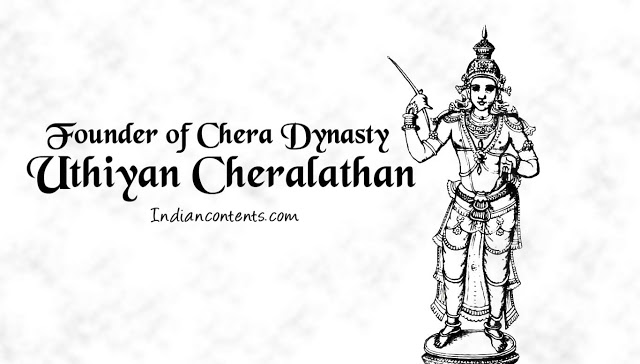
Uthiyan Cheralathan, also known as Perum Chorru Udiyan Cheralathan and Udiyanjeral is the first recorded Chera ruler of the Sangam period in ancient South India, ruled around 130 A.D.
BHIL MEENAS OF RAJASTAN
In north India Villavar and Meenavar are Bhil Meenas of Rajastan, Meenas of Rajastan and Bhils of North India who form the Rajput Kshatriya clans.
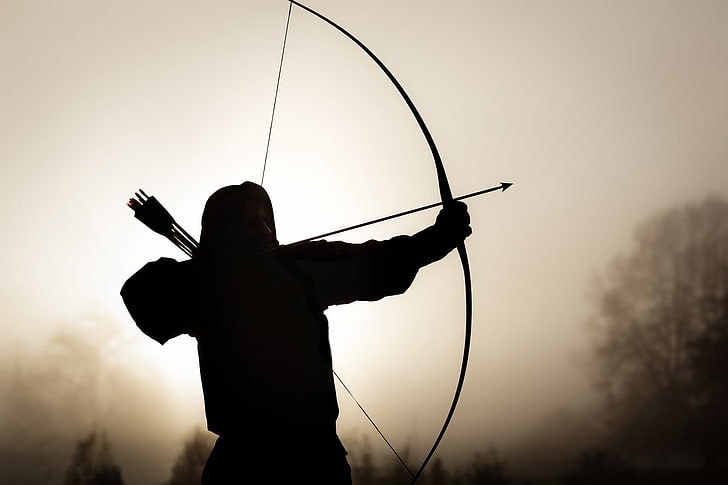
REF-TALK
In the ancient times Rajasthan was ruled by a dynasty of Meenas which had the emblem of Fish like the Pandyan kingdom of the south.
The meena kingdom (Fish kingdom) was called Matsya Kingdom in Sanskrit was mentioned in the Rig Veda. The Bhil Meenas could correspond to the Dravidian Villavar (Chera) and Meenavar (Pandya Kingdom)respectively and may descend from indigenous Dravidian rulers (Alwars) originally.
- Bhils and Meenas are included in the Kshatriya Varna.In the later days the Bhils and Meenas mixed with the Pardeshis or Rajputs who were Scythian, Hepthalite or other Central Asian clans.
- The Scythian mixed Meenas and Bhils remain as Rajput subclans while the Meenas and Bhils who were displaced by the Scythian invaders and Muslims have mixed with the tribal Bhils and form the Bhil (tribal) meenas who still talk a Dravidian tongue and still considered as Rajputs. Bhil meenas are also found in parts of North eastern India and Sind area of Pakistan.
REF-https://enacademic.com/dic.nsf/enwiki/8193857
Aryanised and Dravidian
Nadars evolve from the ancient twin communities called Villavars(Archers) and Meenavars(Fishermen)(Bhils and Meenas could be the North Indian equivalent).The Pandiyan kingdom was perhaps founded by the Villavars (Bowmens- Hunters)in the prehistory dating 8 to 10 thousand years.
The Villavars(Bowman)and Meenavars(Fishermen)were Tamils and they form the nucleus of the Dravidian civilization in India.
The Villavar Nobility who mixed with the Meenavar Nobility assumed the title Nadalvar and became the rulers of the Pandyan kingdom.
The Nadars of Tamil nadu,Nadavas of Karnataka Nalavar of Sri Lanka all derive their title from the ancient Tamil title Nadalvar the lords of the land.(Nadu = country)Alvar (Aluvar,Alupas)=rulers).
Other titles of Pandiyan rulers are Maran,Mara rayan Nelveli maran Cheeveli Maran, Maveli etc. The lords were called Karukku Pattayathar(Defenders),Sivanthi(Suicidal army), Adityan (overlord)Kodimarathar (defenders of flags), Nadan, Nattar Nadalvan etc. Many of these titles still used by the Nadar community.
Many North Indian RAJPUT OR KSHATRIYA KINGDOMS of North India also may have their origins in BHILS(VILLAVAR) and MEENAS(MEENAVAR) though now they are Aryanised and talk Hindi(Many Bhils still talk a Dravidian tongue .
origins of BHILS(VILLAVAR) and MEENAS(MEENAVAR)
*Nadalvar or Mara Nadalvar is the correct name for the Kshatriyas of Pandiya Kula Alvars (Kshatriyas).
REF-Converting Women: Gender and Protestant Christianity in Colonial South India AUTHOR-Eliza F. Kent Oxford University Press, 01-Apr-2004 - Religion
Nadar or Nadalvars are the Villavars who mixed with the Meenavar in the ancient times and founded the Mara Nadar dynasty of the Pandyan kingdom. Nadavas of Karnataka of the Tulu Pandyan kingdom may have common origins.
Villavars and Meenavars founded most of the Indian kingdoms ancient times. In the North India they were called Bhils and Meenas.
REF-talk
Indus Valley & Dravidians
Harappa seals belonging to the Indus Valley civilization have large numbers of pictures of fish. According to Professor Asko Parpola, fish is also one of the most popular motifs of the early Harappan painted pottery. This short article presents a hypothesis on the significance of the fish symbol in Harappan seals.

Most scholars of Indus Valley civilization believe that it was a Dravidian or proto-Dravidian civilization. Tamil language is one of the oldest of Dravidian languages. Presently Tamil people live in the southern region of the Indian peninsula and in the north-eastern region of the Sri Lankan Island.
the ancestry of Tamils?
Legend has it that there was a large landmass south of the Indian peninsula called the continent of Kumari (Kumari Kandam).
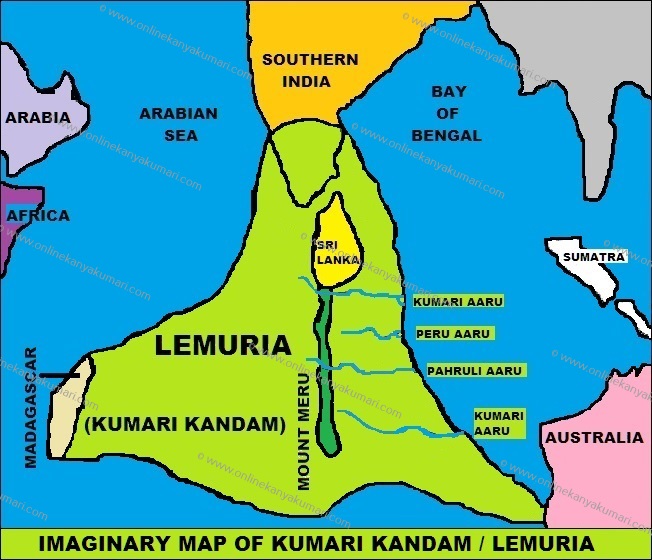
Westerners refer to this ancient continent as "Lemuria". There is geological evidence that there was, in fact, a landmass south of the Indian peninsula. According to legend and some literary references, Tamils populated this continent and kings belonging to the Pandyan dynasty (Pandya dynasty) ruled the land. This landmass submerged and some of the population came north to what is today the Indian subcontinent. It is possible that Tamils (or Dravidians) lived in India already and the "refugees" joined them. It is also quite conceivable that there was some migration and interaction between the north and south even before the tragic event. After the submergence of the southern landmass, Pandyan kings established their kingdom in southern India with Madurai as their capital. They ruled from Madurai as late as the 14-th Century AD. Their country, which was part of Tamil Nadu, was called Pandyanadu (or Pandya Nadu).
Padynan dynasty is the oldest of the three ruling dynasties of Tamil Nadu, namely,
the Chera, Chola and Pandya dynasties.
Conclusion:-
The royal emblem of the Padya dynasty is fish. Tamil word for fish is "Meen". Pandyan king is sometimes referred to as "meenavan". Their deity is "Meenatchi" (or Meenashi or Meenakshi). "Meen" means fish (as we said before), and "aatchi" means rule. Thus the name "Meenatchi" may mean "one who rules over the Pandyan dynasty". Even today there is a temple for goddess Meenatchi (Meenashi) in Madurai. Thus fish is an important symbol for Tamils. So the fish symbols in Harappan seals may refer to their ancestral king and/or the goddess. courtesy to http://www.tamiltribune.com
Bibliographic information
| Title | Meenavar |
| Editors | Frederic P. Miller, Agnes F. Vandome, McBrewster John |
| Publisher | VDM Publishing, 2010 |
| ISBN | 613189292X, 9786131892929 |
| Length | 104 pages |
| Subjects | Social Science › General Social Science / General |
REFERENCES
- ^ V., Kanakasabhai (1997). The Tamils Eighteen Hundred Years Ago. Asian Educational Services.
- ^ Perumal Thirumozhi
- ^ Pandyan Inscription
- ^ [C:\Documents and Settings\winxp\Desktop\History\Book 2 Cosmos Taprobane Brachman India Cosmas.mht# Cosmas Indicopleustes, Christian Topography (1897) pp. 23-90. Book 2 ]
- ^ Villavar





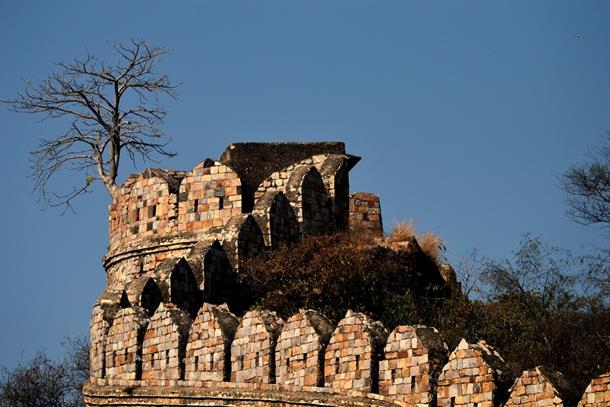 During the exile of Emperor Jehangir, the emperor sought refuge in Alwar Fort of
During the exile of Emperor Jehangir, the emperor sought refuge in Alwar Fort of 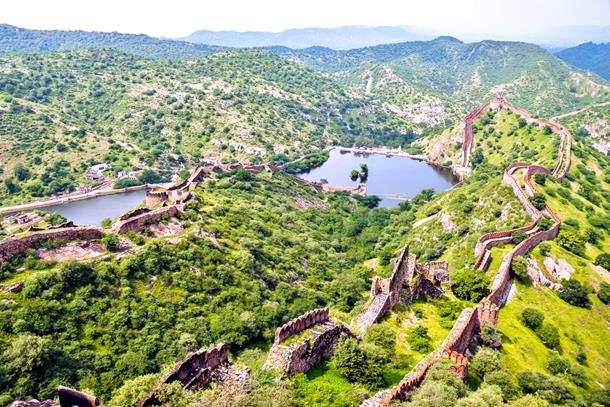 When Man Singh I was on his way from the Afghan conquest, he had a huge chest of treasure with him. Sources have revealed that he never shared all the treasure with the king. He hid some of it in Jaigarh Fort. There is also a parallel story which states that the then PM Indira Gandhi, ordered a search in hunt of the treasure. No one knows how successful the hunt was. So, by all means, the treasure lays hidden in the fort and you might stand a fair chance of getting lucky.
When Man Singh I was on his way from the Afghan conquest, he had a huge chest of treasure with him. Sources have revealed that he never shared all the treasure with the king. He hid some of it in Jaigarh Fort. There is also a parallel story which states that the then PM Indira Gandhi, ordered a search in hunt of the treasure. No one knows how successful the hunt was. So, by all means, the treasure lays hidden in the fort and you might stand a fair chance of getting lucky.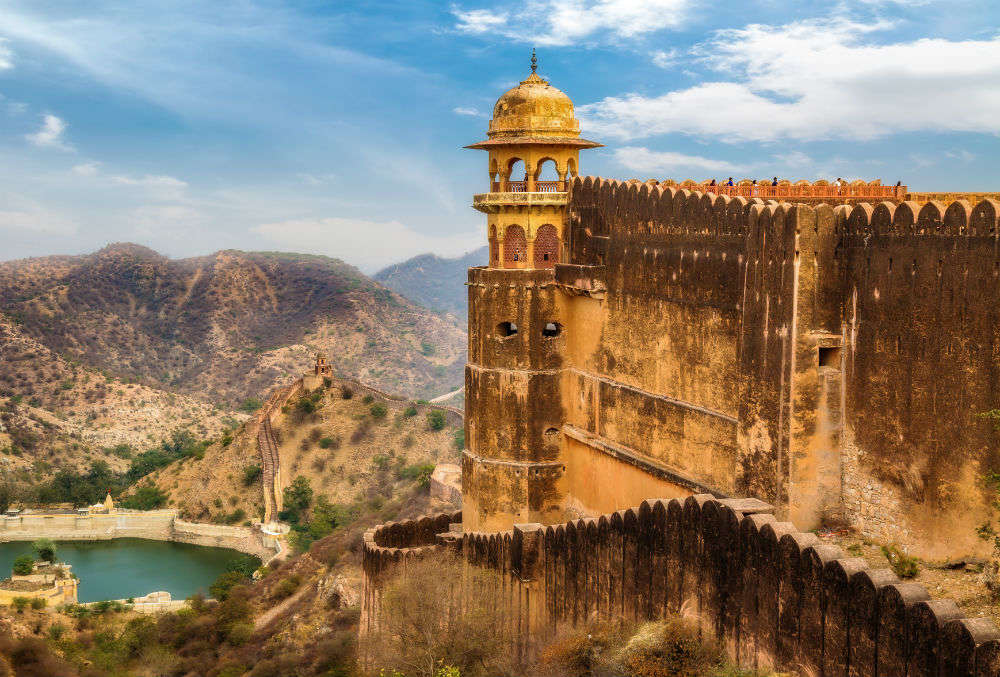 Credit: ThinkStock Photos
Credit: ThinkStock Photos
 Credit: ThinkStock Photos
Credit: ThinkStock Photos Credit: ThinkStock Photos
Credit: ThinkStock Photos


31 comments: